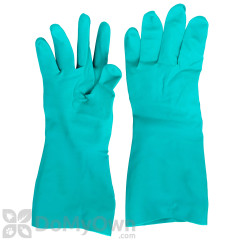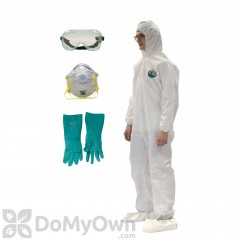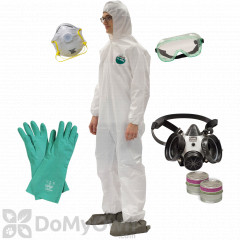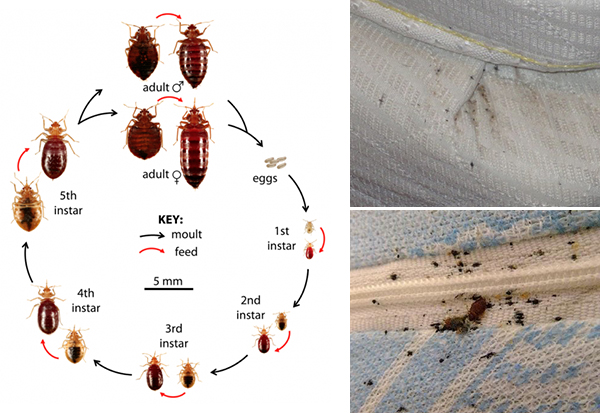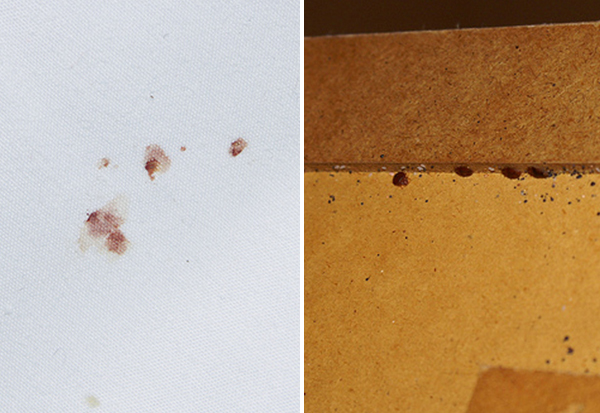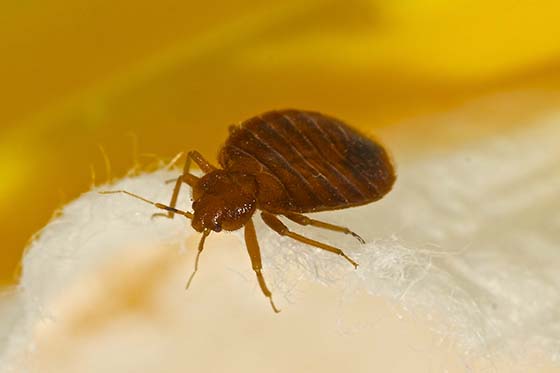
Continue reading to stop an infestation before it starts, or click on a section below to better understand how to keep bed bugs away.
Learn How to Identify Bed Bugs
Familiarize yourself with what a bed bug and a bed bug infestation looks like so that you can avoid interacting with an active infestation. While you might not always be able to prevent a few bed bugs from entering your house or apartment, early detection can stop 1 or 2 bugs from becoming a full-blown infestation.
Read our Bed Bug Identification Guide to learn more.
Check Mattresses Regularly
Every time you change your bed linens, you should look for signs of bed bugs. Check linens for bugs and blood spots. Inspect your mattress, paying close attention to the folds, tufts, and seams. Look for live bedbugs, feces, or cast skins.
A mattress cover and box spring cover on each bed will eliminate hiding spots and make bed bug inspections easier. We also recommend placing bed bug traps under each leg of the bed. These traps catch bed bugs before they can climb up onto furniture and make it easier to identify a problem.
Products needed for Step 2
Inspect Sleeping Quarters When Staying in Hotels or With Friends and Family
Do a thorough check of your hotel room or guest bedroom when out of town to prevent bringing bed bugs back home with you. Inspect the mattress, headboard, and dresser(s) before placing your personal belongings in the room.
We recommend packing some bed bug travel spray just in case you encounter a bed bug or infestation. Travel sprays are not intended to treat an entire room or combat an infestation. Instead, they are to be used on your belongings to prevent you from bringing back an unexpected souvenir (in the form of a bed bug) from your trip. Bed bugs are attracted to warmth and blood, not filth, although clutter offers more hiding spots. Bed bugs usually get into your home from other infested areas such as hotel rooms or used furniture. Preventing bed bugs from entering your home is key in stopping an infestation before it starts. Read our article on How to Avoid Hotel Bed Bugs for more information.
Inspect After Visitors Leave Your Home
Always check for bed bugs after you have had guests spend the night. Friends and family members may not be aware that they left behind bed bugs, especially if they have been traveling for long periods of time. Inspect any area where your guests' luggage was stored and where guests spent time resting and sleeping.
Avoid Used or Discarded Furniture
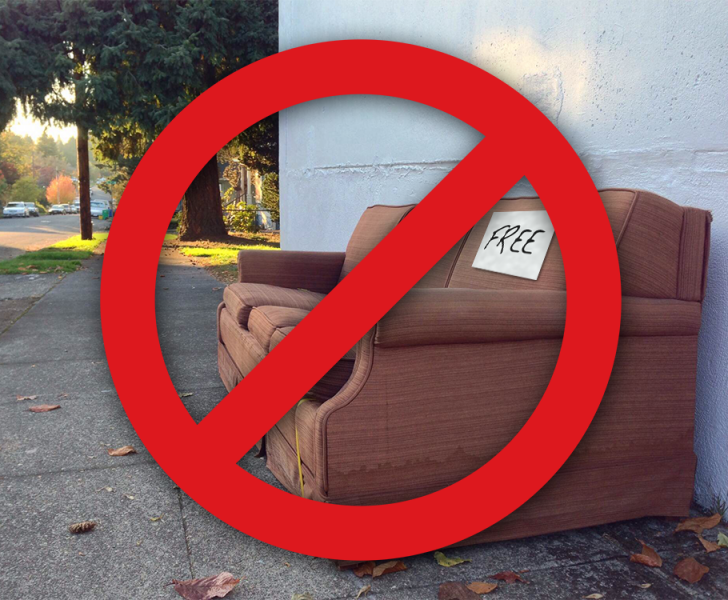
Do not pick up any furniture that has been discarded on the curb and be very cautious when purchasing secondhand. A quick inspection of used furniture can save you from the nightmare of a bedbug infestation.
We highly recommend treating any used furniture with Sterifab before it is brought into your home. Sterifab not only kills bed bugs and bed bug eggs on contact, it also acts as a bactericide, germicide, and deodorant.
Products needed for Step 5
Be Proactive!
We recommend using bed bug traps and bed bug monitors to detect infestations early. Caught quickly, you can avoid weeks of headache and treatment. If you notice bed bugs at any point in time, you will need to start treatment immediately as a small infestation can grow quickly. Read our guide on how to get rid of bed bugs here.
Products needed for Step 6
We hope you found this guide informative. If you have bed bugs, our 4-step bed bug treatment guide will demonstrate how you can safely eliminate bed bugs from your home. Not sure if you have bed bugs? Read our bed bug identification guide to be sure you have them before you treat. And don't miss our guide on where bed bugs hide in the home to learn where bed bugs are commonly found.
If you have questions about bed bugs or any of the products mentioned in this guide, give the experts on our customer service team a call at 866-581-7378 or email [email protected].
